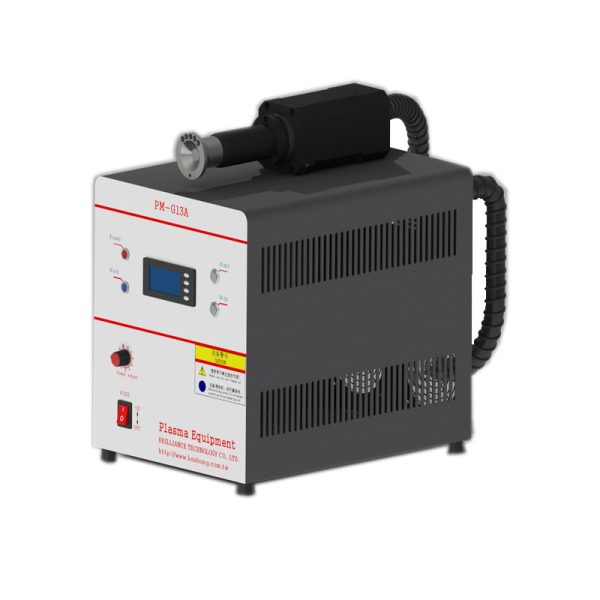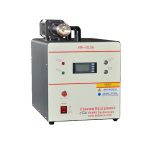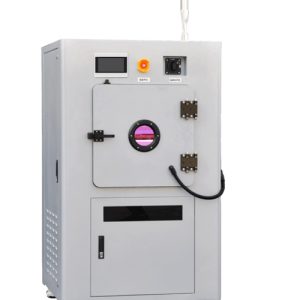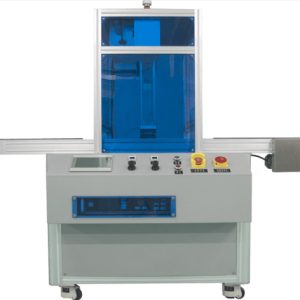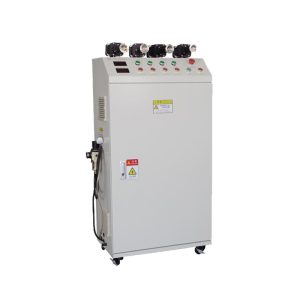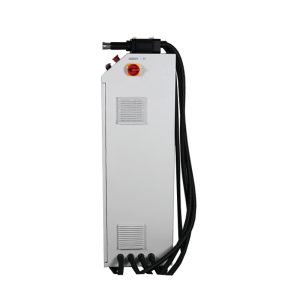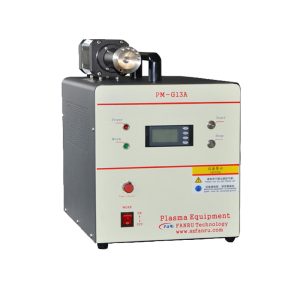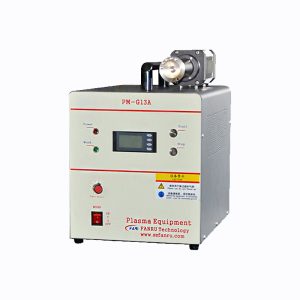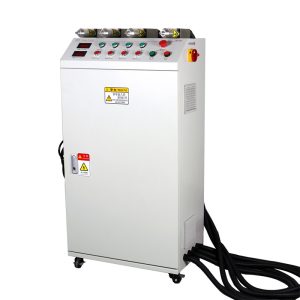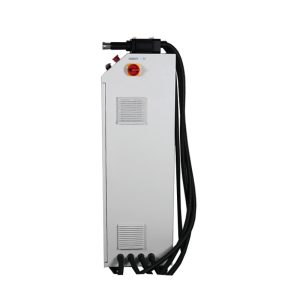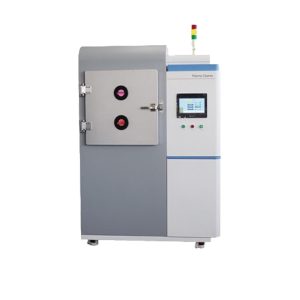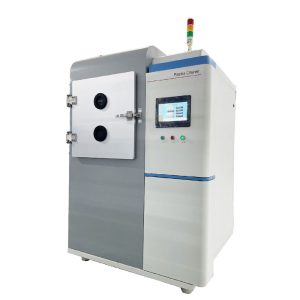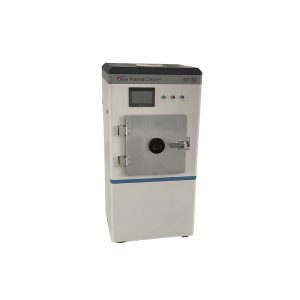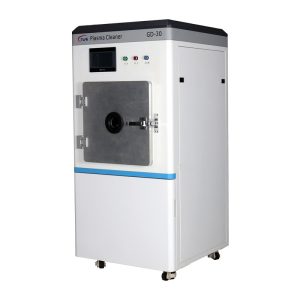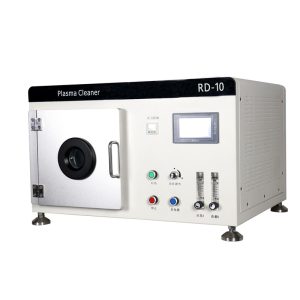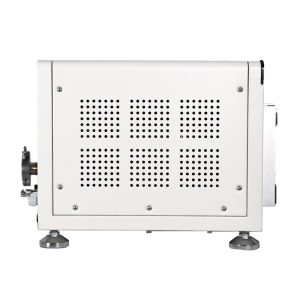Zařízení na čištění plazmy LRPM-G13A
- Popis
- Poptávka
Popis
Sheet PVB plasma surface treatment machine for Enhance surface adhesion,Plasma cleaner equipment
Mainly used in material surface cleaning, activation to improve the material surface Yang strength, hydrophilicity, wide application, vysoká účinnost.
Sheet PVB plasma surface treatment machine for Enhance surface adhesion,Plasma cleaner equipment
| Jméno výrobku | Jednoproudový plazmový procesor |
| Model produktu | PM-G13A |
| Vstupní napětí | AC 220V( ±10V) |
| Výstupní výkon | 1000W |
| Velikost zařízení | 400(L)x280(W)x380(H) |
| Provozní frekvence | 18-25kHz |
| Tlak zdroje vzduchu | 2-2.5 kg |
| hmotnost | 35kg |
| Použijte plyn | Voda.N2(Volitelný) |
| Délka připojení | 2.5m |
Sheet PVB plasma surface treatment machine for Enhance surface adhesion,Plasma cleaner equipment
Vlastnosti produktu
Single head (nozzle)
Different sizes of nozzles can be selected
Applicable to different products
Šířka zpracování
35-40mm
55-60mm
75-80mm
Sheet PVB plasma surface treatment machine for Enhance surface adhesion,Plasma cleaner equipment
Vlastnosti produktu
Povrchová úprava výrobku
Úpravou plazmového zařízení Fangrui lze účinně snížit vlivy předúpravy materiálu 95%
Aktivace povrchu produktu
Rychlost povrchové aktivace materiálů předem upravených plazmovým zařízením Fangrui je 98%
Čištění povrchu výrobku
Úpravou plazmového zařízení Fangrui lze účinně snížit vlivy předúpravy materiálu 95%
Lepení povrchu produktu
Přilnavost k povrchu materiálu byla zlepšena o 92% pomocí plazmového zařízení Fangrui
Sheet PVB plasma surface treatment machine for Enhance surface adhesion,Plasma cleaner equipment
Suitable for a variety of industries
Biomedical industry
3 C Digital industry
Optical photoelectric industry
Printing and packaging industry
Automobile manufacturing industry
Průmysl domácích spotřebičů
Plastic and rubber industry
Semiconductor industry
Textile printing and dyeing industry
Semiconductor packaging industry
Mobile phone manufacturing industry
New energy industry
FBC/PCB field
Sheet PVB plasma surface treatment machine for Enhance surface adhesion,Plasma cleaner equipment
Plasma application field
Obalový průmysl
Professional improve coated paper glazed paper, leštěný, zlatá a stříbrná karta, hliníkem pokovený papír, UV, OPP, PP, PE a jiné barevné krabice, barevná krabice povrch pasta krabice stálost;
Elektronický průmysl
Předúprava elektronických součástek plazmou, čištění PCB, odstranění statické elektřiny, LED podpora, Čištění a lepení IC povrchů.
Automobilový průmysl
Plasma surface pretreatment process for car lamp bonding, brzdový pedál, stěrač, kapuce, nástroj, bumper, atd.
Printing and coding industry
Předúprava plazmou před tamponovým tiskem, sítotisk a tryskové kódování na povrchu plastu, kov, sklo a další kompozitní materiály pro zlepšení adheze povrchu materiálu k inkoustu
Přesné sklo
Všechny druhy přesného skla, stříkání, tisk, lepení před ošetřením. LCD panel 1C before binding terminal surface cleaning, zlepšit čistotu a hydrofilnost povrchu skla:
Plastikářský průmysl
Plastický, guma, gold Bali before bonding pretreatment, zlepšit přilnavost povrchu; · Předběžně ošetřete plastový obal mobilních telefonů, počítače, hračky a tak dále před lakováním, aby se zlepšila přilnavost povrchu
Sheet PVB plasma surface treatment machine for Enhance surface adhesion,Plasma cleaner equipment
Úvod do technologie nízkoteplotní plazmové povrchové úpravy
The energy of particles in low-temperature plasma is generally about several to ten electron volts, která je větší než vazebná energie polymerních materiálů (several to ten volts), and can completely break the chemical bonds of organic macromolecules and form new bonds, but it is far lower than high-energy radioactive rays, which only involves the surface of the material and does not affect the performance of the matrix. V nízkoteplotním plazmatu v netermodynamickém rovnovážném stavu, elektrony mají vysokou energii, které mohou rozbít chemické vazby molekul na povrchu materiálů a zlepšit chemickou reaktivitu částic (větší než u horké plazmy), zatímco teplota neutrálních částic je blízká pokojové teplotě. Tyto výhody poskytují vhodné podmínky pro povrchovou modifikaci tepelně citlivých polymerních polymerů. Prostřednictvím nízkoteplotní plazmové povrchové úpravy, na povrchu materiálu dochází k různým fyzikálním a chemickým změnám, or produce etching and roughness, or form a dense cross-linked layer, or introduce oxygen polar groups, takže hydrofilita, soudržnost, chromovatelnost, zlepšuje se biokompatibilita a elektrické vlastnosti. When the surface of the material is treated under the appropriate technological conditions, the surface morphology of the material is changed significantly. A variety of oxygen-containing groups are introduced to make the surface change from non-polar and difficult to stick to a certain polarity, easy to stick and hydrophilic, which is conducive to bonding, thin coating and printing. nicméně, because corona can only be carried out between two adjacent parallel electrodes, and the distance should not be too large, the corona processing method is not suitable for dealing with the surface polarization problem of three-dimensional objects. If the flame process is used, the weakness is that all polymers are flammable and have a low melting point. When organic materials are exposed to high temperature flame, they will deform, discolor, rough surface, burn and emit toxic gases due to high temperature treatment. And the processing technology is difficult to master. The low temperature plasma flow process is the best method to modify the surface of 3D object. The principle is shown in the figure. By applying AC high frequency and high voltage at both ends of the electrode, the air between the two electrodes generates gas glow discharge and forms an isoionization zone. The equiionization reaches the surface of the treated object under the blowing of the air flow to achieve the purpose of modifying the 3D surface.









